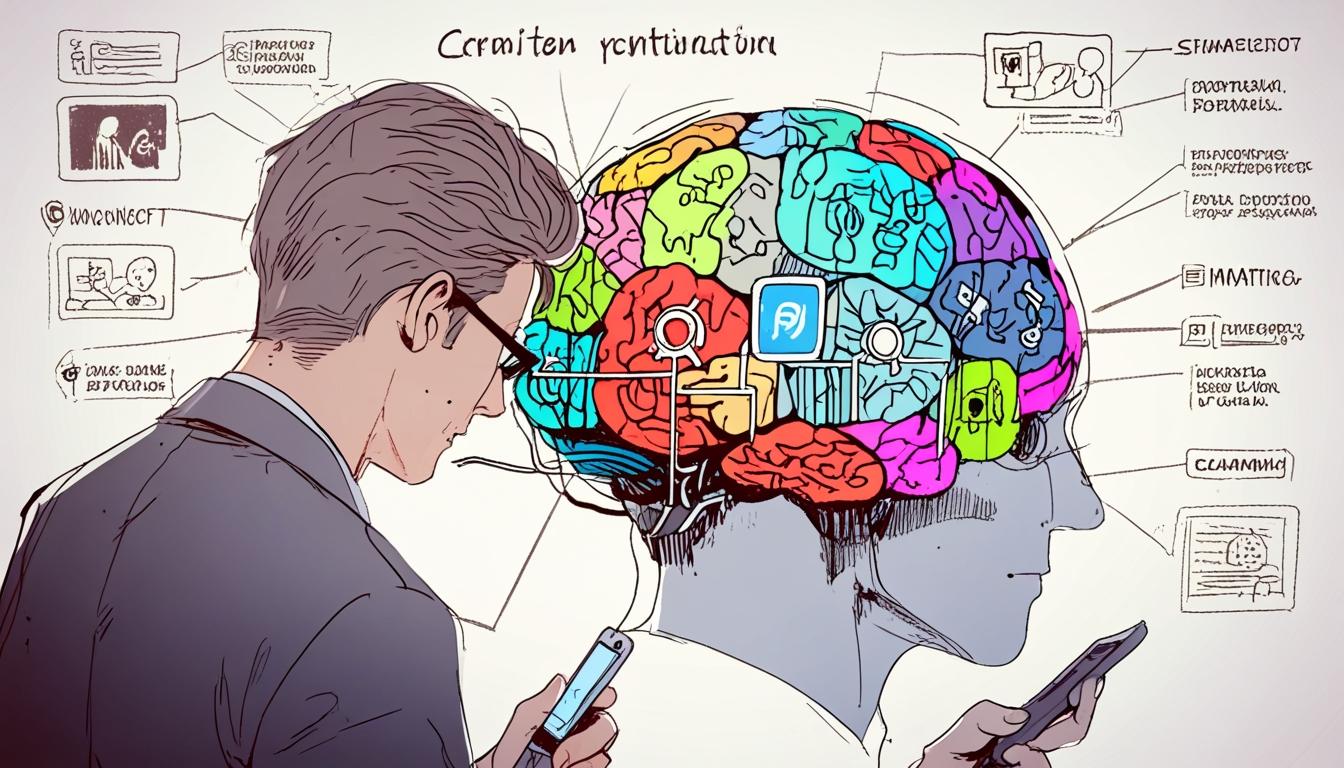A criminologist has illuminated why many murderers leave behind a digital trail of evidence, even with the knowledge that law enforcement can use this information against them. Professor David Wilson from Birmingham City University, who frequently appears on ITV's "This Morning," explains that some offenders may be driven by a psychological need to be seen and acknowledged, effectively engaging with a virtual audience through their actions.
In today's digital age, individuals inadvertently create extensive records through social media, emails, and location tracking, making them vulnerable to capture. Wilson highlights that while this phenomenon has grown with advanced technology, the urge to leave traces of one's existence is not a new concept—it is deeply rooted in human behaviour. Even infamous historical figures, such as Jack the Ripper, who taunted police with letters, demonstrate that the propensity for self-expression has long existed among criminals.
Modern cases provide stark illustrations of this trend. Take the example of Bryan Kohberger, a criminology student whose digital footprint included incriminating internet searches and location data linking him to the grisly murders of four students in 2022. Similarly, Chris Watts, convicted of murdering his wife and children, was undone by mobile data and surveillance footage that contradicted his fabricated narrative. Such cases reveal a disturbing pattern: even those aware of potential digital scrutiny often fail to eliminate incriminating evidence from their online presence.
Wilson posits that this carelessness may not stem solely from a purposeful desire to document one’s acts but often arises from emotional turmoil during the commission of the crime. Frequently, offenders do not think rationally; rather, they act impulsively and in distress. In the heat of the moment, they may even search online for information on disposing of bodies, as seen in the case of Anurag Johri, the "Google killer," whose internet history fatally connected him to his crime.
Data from the Office for National Statistics reveals deeper societal issues, underpinning the motivations for murder in the UK. Wilson highlights that the majority of murder victims are men, with a significant portion resulting from altercations among young males, often escalated by substance abuse. He notes that intoxication can lead to a temporary lapse in judgment where an individual feels compelled to assert their identity through violence, typically following a perceived slight or disrespect.
Moreover, Wilson draws attention to the alarming statistic that two women are murdered weekly by current or former partners. This trend, he argues, reflects deeply ingrained misogynistic attitudes within society. To combat this, he asserts that men must reflect on and discuss the roots of such aggression and work collectively to redefine masculinity.
The issue of digital footprints in criminal investigations extends beyond mere convenience; it also encompasses the broader implications for law enforcement and society. With increasing reliance on digital evidence, as underscored by various studies, police forces face the ongoing challenge of adapting their strategies to deal effectively with crimes deeply entwined with technology. The permanence of digital traces complicates privacy matters and highlights the urgent need for enhanced training among officers, enabling them to navigate this evolving landscape proficiently.
Wilson’s insights serve as a reminder that understanding the criminal mind requires a nuanced approach that considers societal norms, technological impacts, and psychological underpinnings. In a world where digital footprints are virtually indelible, both individual accountability and systemic improvements in law enforcement practices remain critical to mitigating the consequences of such offences.
Reference Map
- Paragraph 1: [1]
- Paragraph 2: [1], [4]
- Paragraph 3: [1], [4]
- Paragraph 4: [1], [2], [3]
- Paragraph 5: [1], [5], [6]
- Paragraph 6: [1], [4], [5]
- Paragraph 7: [1], [2], [3], [7]
- Paragraph 8: [1], [2], [5]
- Paragraph 9: [1], [4], [5]
- Paragraph 10: [3], [7]
Source: Noah Wire Services
